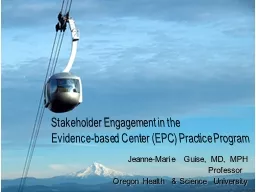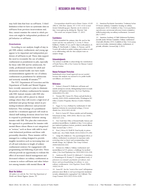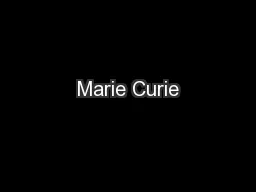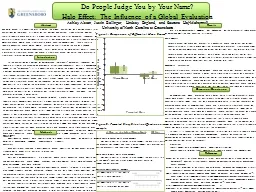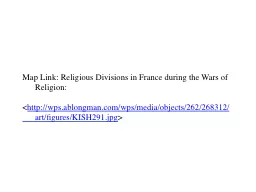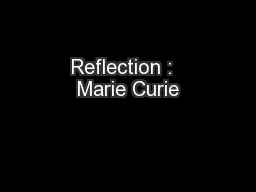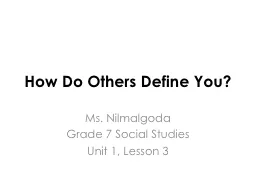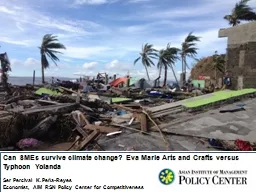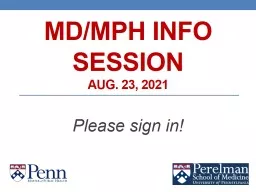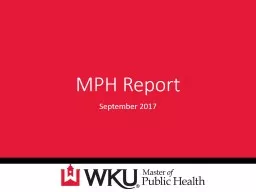PPT-1 Jeanne-Marie Guise, MD, MPH
Author : marina-yarberry | Published Date : 2016-10-29
Professor Oregon Health amp Science University Stakeholder Engagement in the Evidencebased Center EPC Practice Program Objectives Describe ways in which the EPC
Presentation Embed Code
Download Presentation
Download Presentation The PPT/PDF document "1 Jeanne-Marie Guise, MD, MPH" is the property of its rightful owner. Permission is granted to download and print the materials on this website for personal, non-commercial use only, and to display it on your personal computer provided you do not modify the materials and that you retain all copyright notices contained in the materials. By downloading content from our website, you accept the terms of this agreement.
1 Jeanne-Marie Guise, MD, MPH: Transcript
Download Rules Of Document
"1 Jeanne-Marie Guise, MD, MPH"The content belongs to its owner. You may download and print it for personal use, without modification, and keep all copyright notices. By downloading, you agree to these terms.
Related Documents

